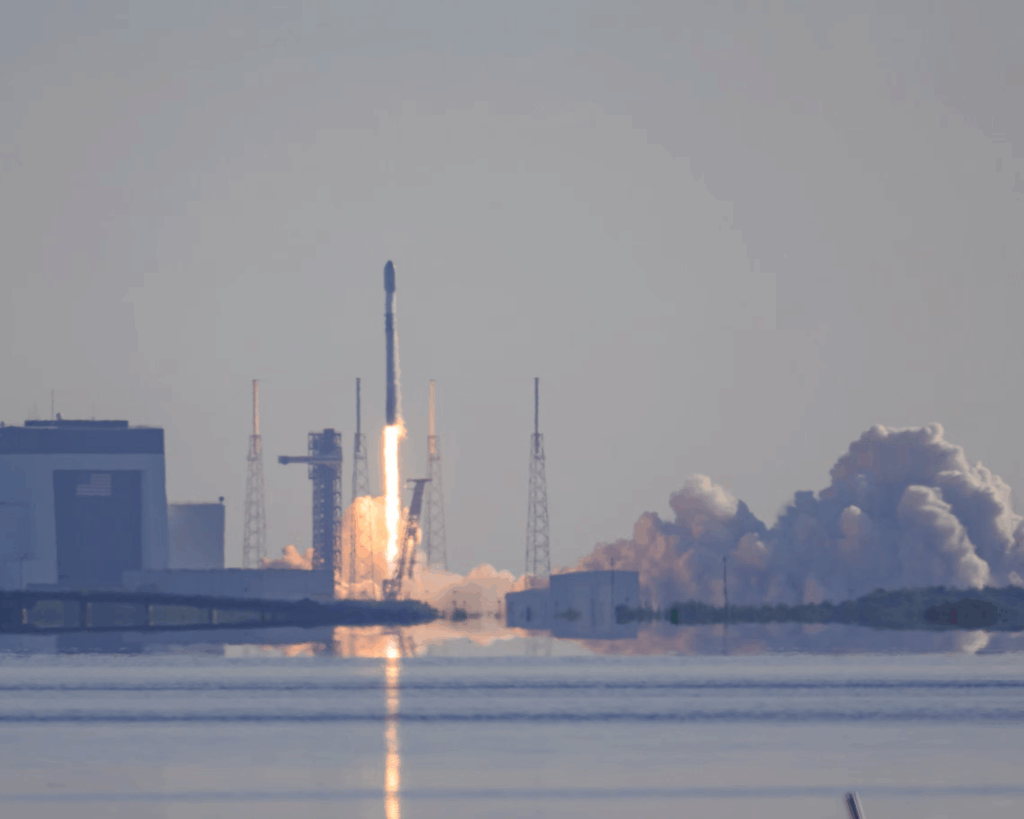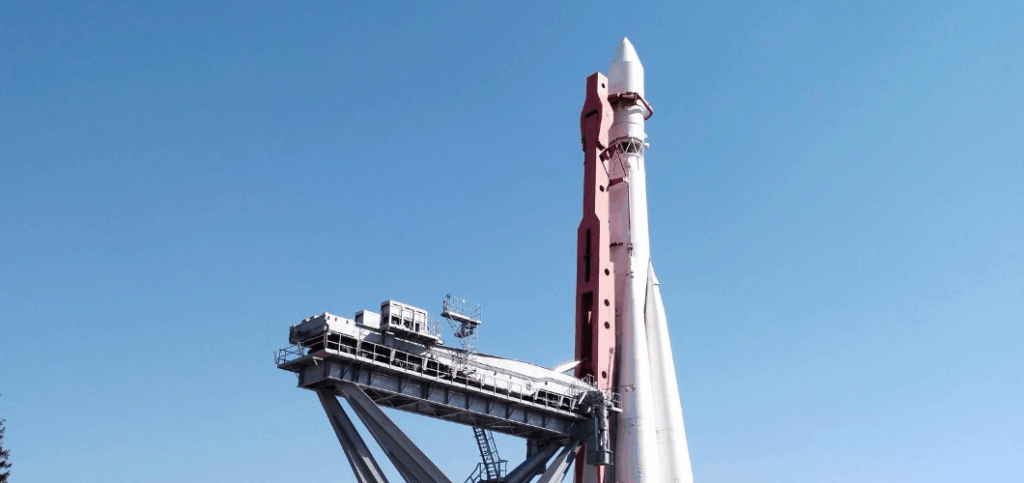The main purpose of this ongoing blog will be to track planetary extreme, or record temperatures related to climate change. Any reports I see of ETs will be listed below the main topic of the day. I’ll refer to extreme or record temperatures as ETs (not extraterrestrials).😜
Main Topic: Limiting Pollution from Space Launches
Dear Diary. Not many of you know that I am also a member of the Planetary Society, so I am all in on space exploration. What I do frown on though is pollution involved with putting an increasing number of satellites in orbit using propellant that is very harmful to the environment, the worst being greenhouse gases and fluorocarbons that warm the planet and destroy the ozone layer.
Chemically there are some options for most launches that can do the job without as much harm to the environment. For more details here is a new Guardian article. The article highlights launch pollution problems but does not suggest alternative chemical propellants, which are very much needed.
Scientists call for action to address air pollution from space launches | Environment | The Guardian
Scientists call for action to address air pollution from space launches
Satellite mega-constellation missions behind threefold increase in emissions of climate-altering soot and CO2

A SpaceX rocket carrying 28 Starlink satellites lifts off from Cape Canaveral Space Force Station in Florida on 14 August. Photograph: Jennifer Briggs/ZUMA Press Wire/Shutterstock
Scientists call for action to address air pollution from space launches
Satellite mega-constellation missions behind threefold increase in emissions of climate-altering soot and CO2
Fri 22 Aug 2025 01.00 EDT
Scientists are calling for a new global regime to address air pollution caused by the space industry.
Prof Eloise Marais’s team at University College London (UCL) began tracking space activities in 2020. Their latest figures reveal 259 rocket launches in 2024, and 223 launches in 2023. These burned more than 153,000 tonnes of fuel.
Marais said: “More pollutants are being released into the atmosphere from rockets and satellites than ever before. We’re in uncharted territory, as humans have never added this much pollution to the upper layers of the atmosphere. If left unregulated, it may have serious impacts on Earth’s atmosphere.”
The team found that launches of mega-constellation communication satellites, including Starlink, OneWeb and Thousand Sails, have led to a threefold increase in emissions of climate-altering soot and carbon dioxide.
Although the amount of CO2 and soot from spacecraft is far less than other industries, researchers have warned that particles stay in the upper atmosphere much longer than Earth-bound sources. This results in up to 500 times greater climate warming impact than the same amount of soot from aviation or ground-level sources.
Marais said: “The amount of propellant used to launch mega-constellations has surpassed the amount of propellant used to launch all other missions combined. The mix of pollutants produced is likely going to change in the future with the advent of Amazon Kuiper mega-constellations. These plan to use the European Space Agency’s rocket that is propelled by solid rocket fuel and produces ozone-damaging chlorine compounds.”
Dr Connor Barker from UCL said: “Many more mega-constellations are planned for launch in the next few decades, which will have significant impacts for our climate, and undo progress made by the Montreal protocol to repair the ozone layer.”
The biggest change has been in the sheer number of objects launched and in orbit. In the late 1960s and 2016, 100 to 200 objects a year were launched into space, but now it is thousands each year and they have limited lifetimes.
Many of us will have been looking up at the night sky as the Perseids meteors reached their peak this month. Also obvious is the sheer number of satellites in orbit clearly visible to the naked eye as small bright dots slowly making their way from horizon to horizon.
Prof Stuart Martin, the chair of trustees at the UK National Space Centre, said: “Current international law very much related to the principles of the high seas. The country that launched an object, owns it, and only the laws of that country apply to the object in space. This is one of the reasons why things like cleaning up is so difficult.”
Already many of these mega-constellation satellites are re-entering the atmosphere, vaporising into tiny and sometimes chemically reactive metal particles. The UCL team tracked 2,539 objects burning up on re-entry in 2024 and 2,016 objects in 2023, amounting to 13,500 tonnes of material from satellites, as well as discarded rocket parts.
Here are some solutions:
Green Propulsion: The Future of Eco-Friendly Rocket Technology – TechWeb Trends

- Vaishnavi K V
- March 17, 2025
Green Propulsion: The Future of Eco-Friendly Rocket Technology
For decades, space exploration has relied on traditional rocket fuels, which, while effective, come with a heavy environmental cost. The emissions from launches, toxic fuel residues, and space debris have raised concerns about the sustainability of space travel. Enter Green Propulsion—a game-changing approach that aims to reduce pollution, improve efficiency, and make space travel more sustainable.
With space agencies and private companies pushing for greener alternatives, the question is: How does Green Propulsion work, and can it truly revolutionize the future of space exploration? Let’s dive in.
The Problem with Conventional Rocket Propulsion
Most rockets today rely on chemical propellants like hydrazine, RP-1 (refined kerosene), or liquid hydrogen. While these fuels provide the necessary thrust, they come with major drawbacks:
- Toxicity: Hydrazine is highly toxic and poses serious health and environmental risks
- Carbon Emissions: RP-1 burns oxygen and produces CO₂, contributing to atmospheric pollution
- High Costs: Storing and handling traditional rocket fuels requires strict safety protocols, making them expensive
As the frequency of space missions increases, finding a cleaner, safer alternative becomes crucial.
What is Green Propulsion?
Green Propulsion refers to rocket and spacecraft propulsion technologies that use environmentally friendly fuels and systems to minimize pollution and improve safety. Instead of relying on toxic chemicals, these systems use alternatives like:
- Electric Propulsion – Uses ion thrusters powered by solar energy
- Biofuels & Hydrogen-Based Fuels – Derived from renewable sources for cleaner combustion
- Non-Toxic Chemical Propellants – Replacing hydrazine with safer, biodegradable alternatives
Top Innovations in Green Propulsion
Electric and Ion Propulsion
Instead of burning fuel, electric propulsion uses charged particles (ions) to generate thrust. While it doesn’t produce the massive thrust of chemical rockets, it’s ideal for deep-space missions due to its efficiency.
Example: NASA’s Dawn spacecraft used ion propulsion to explore the asteroid belt with 10x more efficiency than conventional fuel.
2. Green Chemical Propellants
Scientists are developing non-toxic alternatives to hydrazine that reduce environmental impact while maintaining rocket performance.
Example: The LMP-103S fuel, developed by the European Space Agency, is 50% less toxic than traditional propellants and provides better thrust efficiency.
3. Hydrogen and Methane-Based Fuels
Hydrogen fuel produces only water vapor as a byproduct, making it one of the cleanest energy sources for rockets. Methane, on the other hand, is abundant on Mars, meaning future missions could refuel without depending on Earth.
Example: SpaceX’s Starship uses methane-based Raptor engines, reducing emissions and enabling Mars colonization plans.
Why Green Propulsion is the Future of Space Travel
Eco-Friendly & Sustainable: Reduces toxic waste, emissions, and long-term damage to Earth’s atmosphere
Safer Handling & Storage: Less toxic propellants mean lower health risks for engineers and astronauts
Cost-Effective: Many green fuels require less complex storage systems, reducing mission costs
Perfect for Deep-Space Missions: Electric and ion propulsion allows for longer, fuel-efficient space journeys
Final Thoughts: A Cleaner Path to the Stars
The shift toward Green Propulsion is no longer a concept—it’s happening now. As NASA, ESA, SpaceX, and Blue Origin invest in eco-friendly technologies, the future of sustainable space travel looks brighter than ever. While challenges remain, one thing is certain: the next era of space exploration will be cleaner, safer, and more efficient than ever before.
Here are more “ET’s” recorded from around the planet the last couple of days, their consequences, and some extreme temperature outlooks, as well as any extreme precipitation reports:
Here is More Climate News from Saturday:
(As usual, this will be a fluid post in which more information gets added during the day as it crosses my radar, crediting all who have put it on-line. Items will be archived on this site for posterity. In most instances click on the pictures of each tweet to see each article. The most noteworthy items will be listed first.)